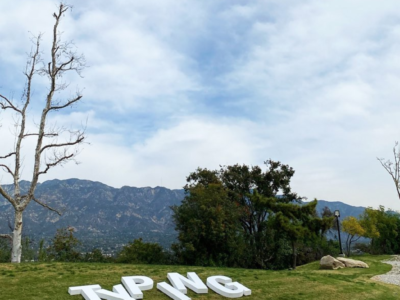
Seeing Light Through Both Sides of the Lens with Lera Pen
Seeing Light Through Both Sides of the Lens with Lera Pen
PHOTOS: IRA CHERNOVA & LERA PEN

The radiance Lera Pen displays in front, as well as behind the lens of a camera, is an energy that carries warmth, light, and beauty in a minimalistic pattern. There’s more than meets the eye with Lera. She’s proven her theory true by not only being a head-turning model, but is also a creative powerhouse and visual artist. Born in Ukraine and relocated in LA, Lera’s work reflects the simplicity of capturing moments through embracing natural light and working within urban landscapes. We sat down with Lera to gain insight on how she finds her comfort within working in the boundaries of photography.

















